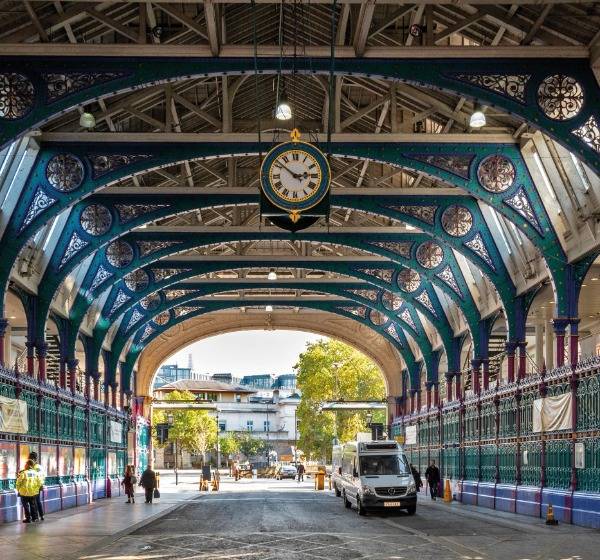
This article is a preview from the Spring 2015 edition of New Humanist. You can find out more and subscribe here.
People’s Palaces: Architecture, Culture and Democracy in Post-War Europe (Architectura) by Christoph Grafe
Recently, London’s Royal Festival Hall was reopened after a refurbishment, newly furnished with ground-floor chain restaurants and shops. The adjacent South Bank Centre (containing, interlinked, Queen Elizabeth Hall, the Purcell Room and the Hayward Gallery) was slated for a similar transformation, only defeated by the trenchant opposition of the skateboarders who use the building’s undercroft. Perhaps as Christophe Grafe puts it in People’s Palaces, “there is still unfinished business” in these monuments to the cultural programme of the welfare state, explored via a history of social democratic ideas through three buildings – the Royal Festival Hall and its later Brutalist additions, alongside Stockholm’s similar Kulturhus, spanning from the late 1940s to the early 1970s.
The Festival Hall, built as part of the 1951 Festival of Britain, was envisaged as “a people’s palace of welfare state democracy in its pure form”, but was haunted by a tension between egalitarian aims and a “civilising” mission, with roots in both philanthropic evangelism and in the cultural infrastructure of social-democratic labour movements, such as the Maisons de Peuple of early 20th-century France. It formed part of an ambitious 50-year plan to transform this Thameside site from 73 per cent industrial to 49 per cent (it would succeed way beyond that). Initially monumental, inspired both by the banks of the Seine and by Moscow’s Gorky Park, the Festival’s modernist architects created a much less formal, open palace.
The result was admired worldwide – Grafe quotes one German observer of the Festival of Britain finding Britain “the most social country in the world”, pioneering with this place a future of “humanist socialism”. Its director, Gerald Barry, envisaged the Festival as “the people’s show, not organised arbitrarily for them, to enjoy, but put on lately by them, by us all”. This was honoured mostly in the breach, and the Festival’s attractions were actually put on by a committee consisting of “a former newspaper editor, a theatre manager, an architect, two senior civil servants and a public relations officer”. Closed by the Tories in 1952, the Festival site was filled with a huge, widely hated office complex (the Shell Centre) and a vast car park.
The London County Council still pressed to realise some of the postwar plan, and eventually, in 1961, a model of the new building was unveiled, designed by a team of LCC staffers in their twenties. By this point, the Festival was, in critic Robert Maxwell’s words, already part of a bygone era, where “the English played at being Social Democrats”.
If the Festival deliberately underplayed the darker sides of modernism (Herbert Read himself stepped in to veto an installation by Richard Hamilton), the new South Bank Centre was the beatniks’ revenge. Looking over images of it – and this is a richly illustrated book – Grafe finds a building less for isolated individuals than for a collective, albeit motivated by an anti-hierarchical approach in architecture. The disparate buidings are stitched together, rather than sitting alone like monuments.
Although one of the first acts to play the new building was Pink Floyd in 1967, the conundrum of whether welfare-state culture should be “egalitarian or civilising” was still open. In this, Stockholm’s Kulturhus was more radical – the furthest any public building ever built has gone.
Although originally aimed at housing Stockholm’s modern museum, by the time of its completion the Kulturhus was an extraordinary combination of open-to-all arts centre, public forum and parliament, where you could wander from the debating chamber to find “Greek immigrant children putting together jigsaws”. By reading social democracy as an unfinished project, this book reveals both its limitations and its still unrealised possibilities.

